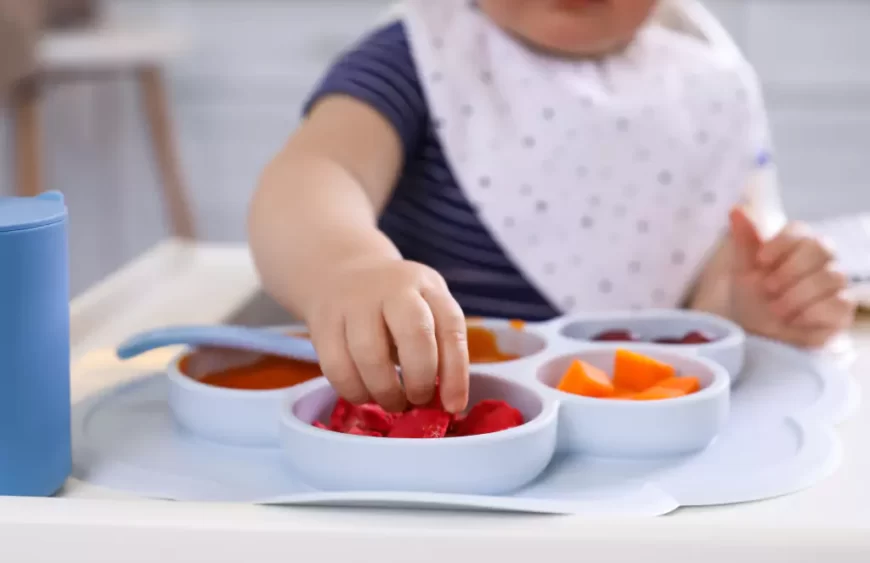How to Make Mealtimes more Manageable and Deal with Fussy Eating

Getting enough nutrition for the week
Your child may be choosy, picky, or fussy when it comes to food. But if he is getting enough nutrition for the week, then it’s perfectly fine. Think if your kid has had enough carbohydrates, dairy, protein, and fruits and vegetables for the week. If yes, and the child is active and energetic, then he is definitely eating enough.
Respect your kid’s boundaries
Division of Responsibility
Introduce a Range of Flavours and Foods
Continuous exposure
Family mealtimes
Drinks and snacks
Check your vocabulary around food and eating
Eating or a behavioural problem?
Set Routines
Make food fun!
Keep distractions away
If your child is a fussy or picky eater, things are not going to change overnight. Putting pressure on them, punishing them, rewarding them, tricking them into eating, forcing or distraction-feeding them isn’t going to work! Make mealtimes more pleasant and happy, and you will see your child enjoying the meal a lot more. We hope these tips will help you in taking those baby steps in promoting healthy eating habits in your little ones.






